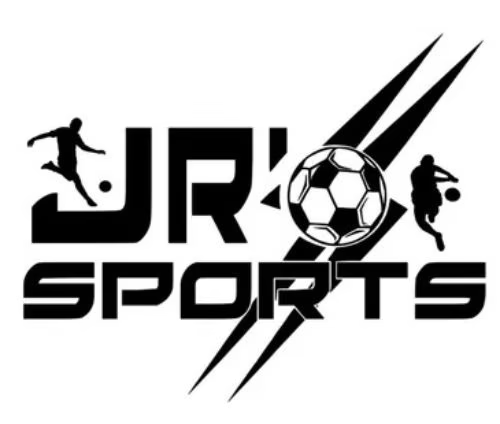Learn about common sports injuries and how insurance helps athletes cover treatment, recovery, and income loss after an accident.
Introduction
Sports bring excitement, competition, and physical benefits, but they also come with risks. Whether in professional matches or recreational games, injuries are an unavoidable part of athletic activity. From simple sprains to serious ligament tears, medical costs and recovery time can have lasting financial effects.
Having proper insurance ensures athletes are protected when injuries occur, helping them recover physically and financially without unnecessary strain.
Common Sports Injuries
Sprains and Strains
Sprains affect ligaments, while strains involve muscles or tendons. These injuries usually result from overuse, awkward movement, or inadequate warm-up. They are common in football, athletics, and tennis.
Fractures
Broken bones often occur from high-impact collisions or falls. They are common in contact sports such as football, basketball, and rugby. Recovery may require weeks or months, depending on the severity.
Dislocations
A dislocation happens when bones are forced out of their normal position, most often in the shoulder or knee. It can cause severe pain and may lead to long-term instability if not treated properly.
Ligament Injuries
Ligament tears, such as ACL or MCL injuries, are serious and often career-threatening. They typically occur during sudden twists or impacts, especially in football and basketball. Treatment usually involves surgery and long rehabilitation.
Concussions
A concussion is a mild traumatic brain injury caused by a blow to the head or body. Symptoms include dizziness, headache, and confusion. Repeated concussions can have lasting effects, making early medical attention vital.
Tendonitis
Tendonitis results from repetitive motion that irritates tendons over time. Sports like tennis, golf, and basketball often cause conditions such as tennis elbow or jumper’s knee. Rest and physiotherapy are key to recovery.
Back Injuries
Back injuries occur due to overexertion, poor posture, or impact. Severe spinal injuries, though rare, can be life-changing and require extensive care.
How Insurance Covers Sports Injuries
Personal Accident Insurance
Personal accident insurance provides financial protection when accidental injuries, disability, or death occur. It typically covers:
-
Medical and hospital expenses
-
Physiotherapy and rehabilitation
-
Temporary income replacement
-
Lump-sum benefits for permanent disability
This policy is especially important for professional athletes whose income depends on playing.
Health Insurance
Health insurance covers medical costs for hospital stays, surgeries, and treatment. While it may not compensate for lost income, it ensures that medical bills are handled promptly.
Sports or Event Insurance
Clubs and organizations often use sports-specific insurance policies to protect players during training, travel, and competitions. These plans may include coverage for equipment, transport, and event cancellations.
Disability and Life Insurance
In the event of a permanent injury or death, disability or life insurance provides financial support to the athlete or their family. These policies are essential for long-term security.
Example Scenario
A football player suffers a serious ACL tear during a match. Surgery and recovery may take months, leaving the player unable to earn income. With personal accident insurance, both medical costs and part of the lost income are covered, easing financial pressure during rehabilitation.
Without insurance, the same injury could cause significant debt or career disruption.
Choosing the Right Coverage
When selecting insurance, athletes should consider:
-
Whether their sport is fully covered under the policy
-
The extent of medical and rehabilitation coverage
-
Whether income replacement benefits are included
-
The insurer’s reputation for handling claims efficiently
Regularly reviewing coverage is important, especially as an athlete’s career progresses or new risks emerge.
Conclusion
Sports injuries are part of the game, but their financial burden doesn’t have to be. Understanding how different insurance policies work allows athletes to protect their health, income, and future.
Insurance is not just a safety measure—it is a smart investment in every athlete’s long-term well-being and career stability.
